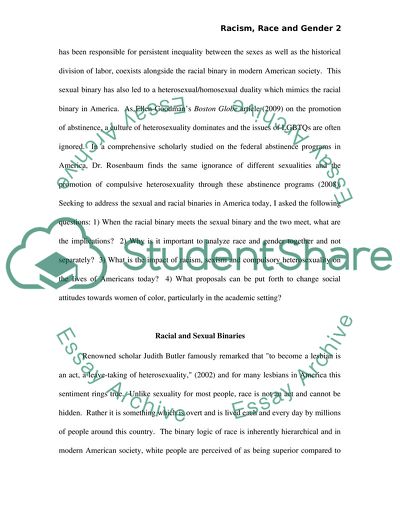Cite this document
(Sexuality in its Many Shades: The Intersection of Racism and Sexism Assignment, n.d.)
Sexuality in its Many Shades: The Intersection of Racism and Sexism Assignment. https://studentshare.org/social-science/1725139-sexuality-in-its-many-shades
Sexuality in its Many Shades: The Intersection of Racism and Sexism Assignment. https://studentshare.org/social-science/1725139-sexuality-in-its-many-shades
(Sexuality in Its Many Shades: The Intersection of Racism and Sexism Assignment)
Sexuality in Its Many Shades: The Intersection of Racism and Sexism Assignment. https://studentshare.org/social-science/1725139-sexuality-in-its-many-shades.
Sexuality in Its Many Shades: The Intersection of Racism and Sexism Assignment. https://studentshare.org/social-science/1725139-sexuality-in-its-many-shades.
“Sexuality in Its Many Shades: The Intersection of Racism and Sexism Assignment”. https://studentshare.org/social-science/1725139-sexuality-in-its-many-shades.


